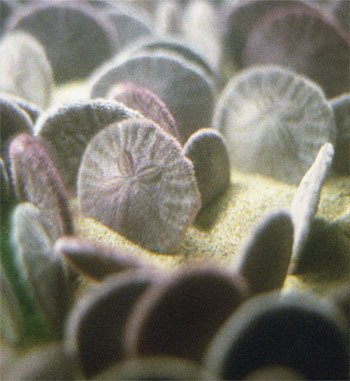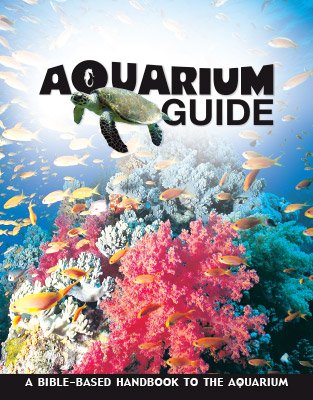Common Sand Dollar
Small but numerous spines of the common sand dollar are its primary tool for burrowing within the upper few centimeters of sandy ocean bottoms.
Design

Small but numerous spines of the common sand dollar are its primary tool for burrowing within the upper few centimeters of sandy ocean bottoms. Other specialized spines hold sand and debris aloft while food particles are ingested.
Features
- The sand dollar’s test, or skeleton, is round and disc-like, and is covered with deep reddish-purple spines. The sand dollar loses its purple color when it is washed ashore.
- As with other sand dollars, the common sand dollar has five petal-like furrows or pores on its test. These are used to move sea water into its internal water-vascular system, which allows for movement.
Fun Facts
- Its shell is actually called a “test” since it is not a true shell.
- The common sand dollar buries itself in the sand for food and protection.
- The best time to collect sand dollars on the beach is after a heavy storm.
CLASS: Echinoidea (heart urchins, sand dollars, and sea urchins)
ORDER: Clypeasteroida (sand dollars)
FAMILY: Echinarachniidae
GENUS/SPECIES: Echinarachnius parma
Size: Average 3 in (7.6 cm) in diameter
Diet: Crustacean larvae, organic matter, diatoms, algae
Habitat: Native to the Northern Hemisphere in the sandy bottoms of the coasts
Aquarium Guide
With fun facts about more than 100 animals, this long-awaited Aquarium Guide includes beautiful pictures and reveals the incredible facts and design features that point to our amazing Creator. This handy size guide is excellent for school field trips and family trips to your favorite aquarium!
Browse Kids Book- © 2024 Answers in Genesis
- Privacy Policy
- Contact
- About

